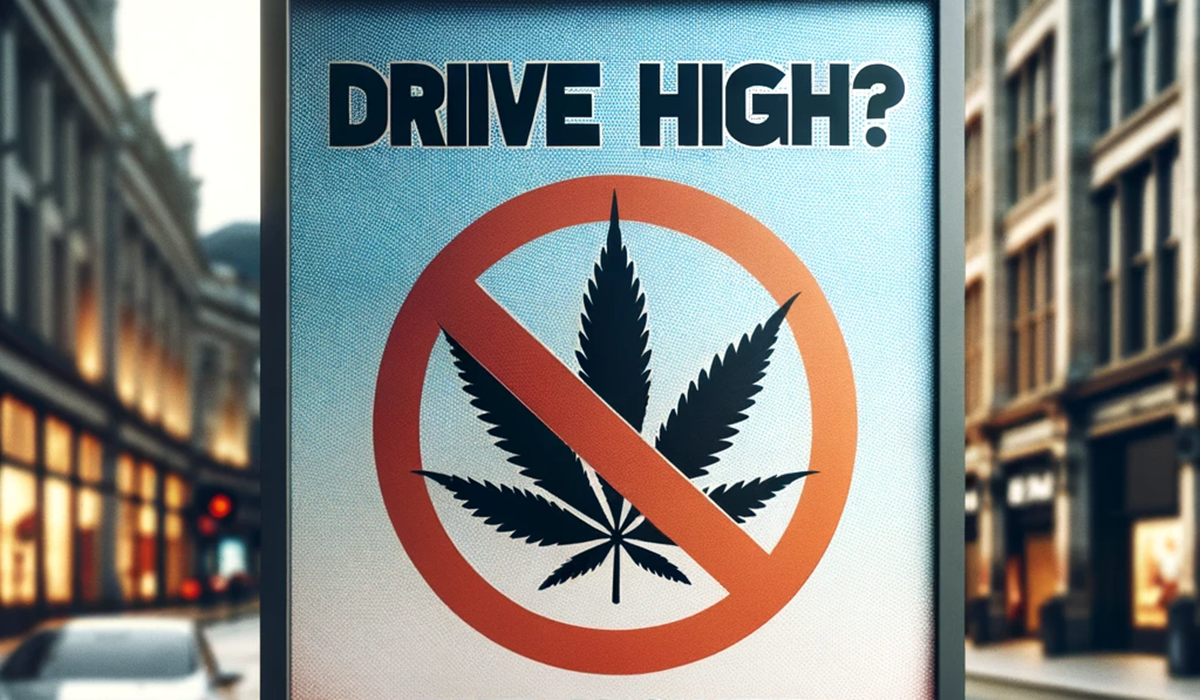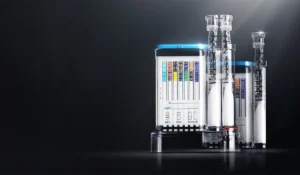Does marijuana affect driving? This question has sparked considerable debate, especially with the growing trend of marijuana legalization. You’ll often hear people claim that it helps them drive better, relaxes them behind the wheel, or even sharpens their focus. But what does the science really say? In this blog, we’ll delve into the research to understand the true impact of marijuana on driving performance.
1. The Science Behind Marijuana and Driving:
- Effects on the Brain: Marijuana contains THC (tetrahydrocannabinol), which alters brain function, affecting areas responsible for coordination, time perception, and reflexes – all crucial for driving.
- Research Findings: A comprehensive study by the National Highway Traffic Safety Administration (NHTSA) found that marijuana users had a 25% higher chance of being involved in a crash compared to drivers with no evidence of marijuana use, though other factors like age and gender also played a role.
2. Reaction Time and Coordination:
- Slowed Reaction: Research indicates that marijuana use can significantly slow a driver’s reaction time. According to the American Automobile Association (AAA), drivers who have recently used marijuana can experience a reaction time slowdown of up to 30%.
- Coordination Issues: Studies have shown that marijuana can impair motor coordination, which is essential for controlling the vehicle and responding to unexpected situations.
3. Judgment and Decision Making:
- Risky Behaviors: Marijuana can impair judgment, leading to riskier driving behaviors. A study in the journal ‘Drug and Alcohol Dependence’ found that drivers under the influence of THC were more likely to take risks such as crossing double lines or driving at high speeds.
- Impaired Decision Making: Drivers under the influence may find it harder to make quick decisions in complex or dynamic driving situations.
4. Concentration and Attention:
- Attention Lapses: Marijuana use can lead to lapses in concentration, making it difficult for drivers to stay focused on the road for extended periods.
- Divided Attention Difficulty: Multi-tasking, a critical aspect of driving, becomes challenging under the influence, as found in various simulator studies.
5. Perception and Sensory Skills:
- Altered Perception: Marijuana can alter sensory perception, affecting how drivers judge distances and speeds. This can lead to misjudgments in critical situations like overtaking or stopping.
- Reduced Peripheral Vision: Some studies suggest a reduction in peripheral vision, increasing the risk of accidents, especially in urban settings.
6. Counterarguments and Misconceptions:
- Self-Assessment Difficulty: Many individuals believe they drive better under the influence due to a relaxed state, but studies suggest that marijuana can impair the ability to self-assess driving competence.
- Comparative Risks: While some argue that marijuana is less impairing than alcohol, it’s important to note that any level of impairment can be dangerous when driving.
While the effects of marijuana on driving performance may vary among individuals, the consensus in the scientific community is clear: marijuana use impairs driving abilities in several critical ways. As responsible members of society, it’s important to understand these risks and make informed decisions about our driving habits. Remember, safety on the road is not just about our well-being but also the safety of others.
Stay informed and stay safe. If you or someone you know uses marijuana, consider alternative transportation options and always prioritize road safety. Join us in spreading awareness about the impact of marijuana on driving – share this blog and contribute to a safer community.





